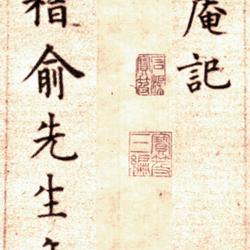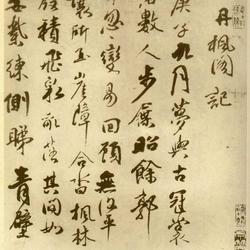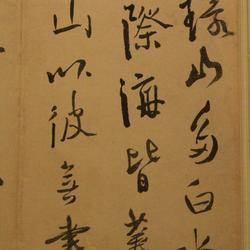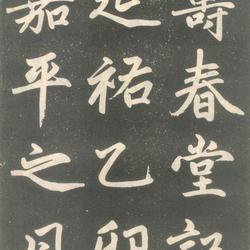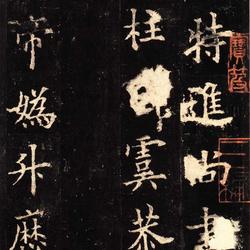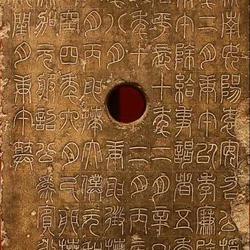The "Book of Epitaphs of Zhou Shangqing" written by Yang Weizhen and collected by the Liaoning Provincial Museum is the only work of Yang's small regular script calligraphy that has been handed down to this day. Judging from the description, Yang's regular script works have always been rare, so this ink is extremely precious.
"Epitaph of Zhou Shangqing", paper, 25.9 cm in length and 86.2 cm in width. This is the epitaph inscription written by Yang Weizhen in the 19th year of Zhizheng (1359) at the request of his friend Zhou Shangqing. The prose written is concise, vivid and full of character, which fully demonstrates Yang's outstanding literary talent. The text is written in small regular script, which is the original copy of Shang Le Shang Shi. However, the writing is steady and strong, and the structure is strict and precise. It is commendable that the whole text is more coherent and full of vitality due to the strong and vigorous writing style and the frequent use of pick-up brushes.
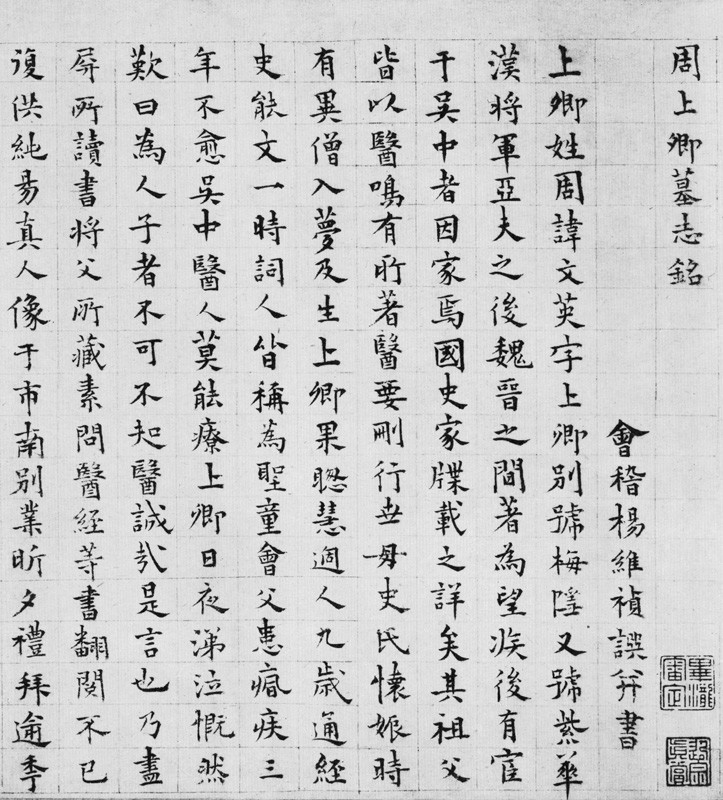
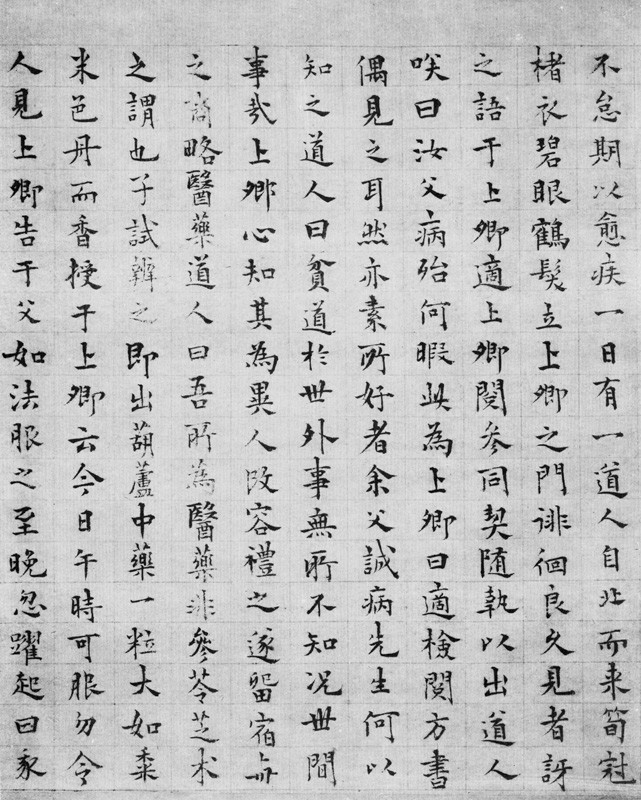
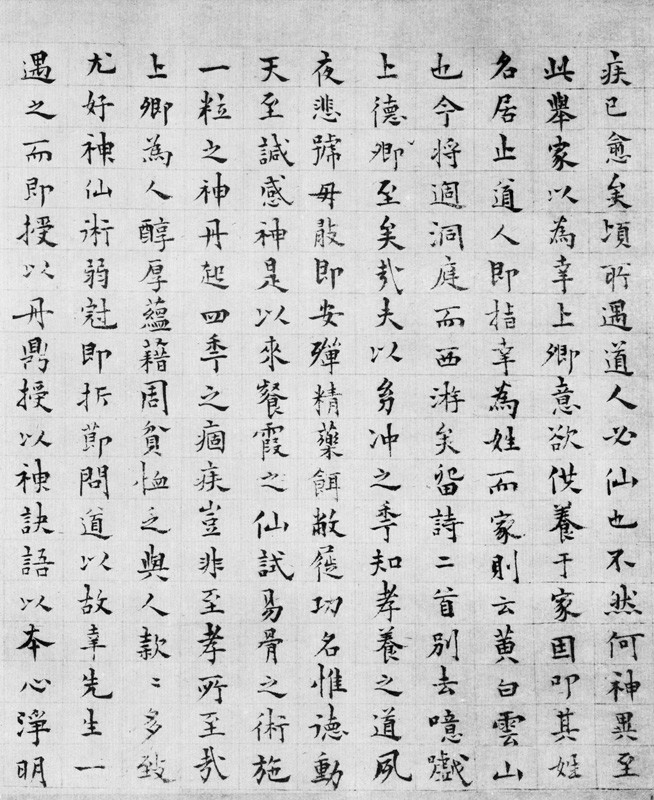
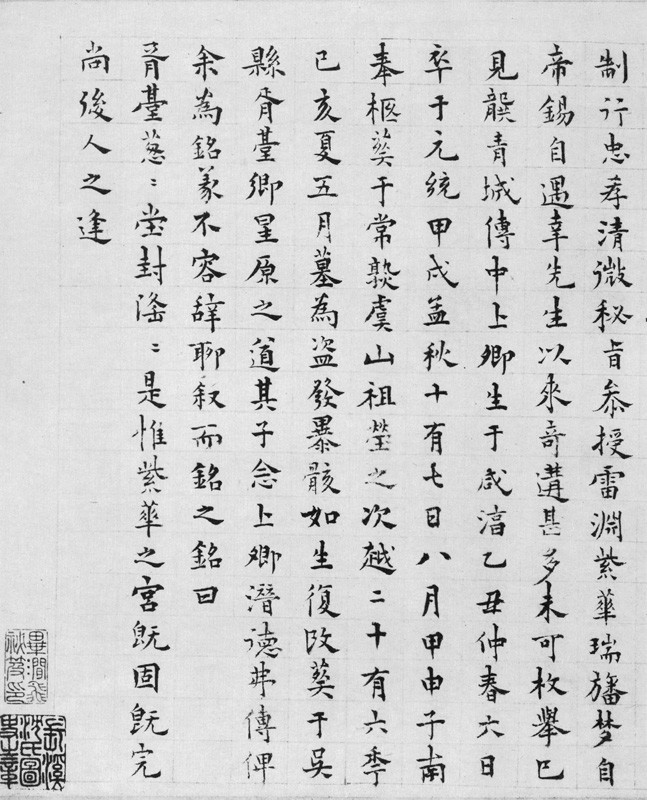
Yang Weizhen was sixty-four years old when he wrote this "Book of Epitaphs of Zhou Shangqing". Judging from the accumulation of calligraphy skills, writing state and expression methods, this age is certainly the best period for artistic creation. However, judging from the fact that almost all of Yang Weizhen's cursive works that have been handed down to the world are those that Yang cares about and expresses, perhaps it is those works that can directly resonate with the heart, as if he is thirsty and running for the spring. But no matter from which perspective, this piece of "Zhou Shangqing's Epitaph Book" shows the exquisite skills in regular script of Ouyang Tong's "Master Daoyin Stele", which is definitely beyond the reach of calligraphers who are usually famous for cursive script. This point alone can sufficiently explain and correct many comments about Yang's calligraphy being "crazy and unconventional" and "borrowing poems to convey". At the same time, it also allows people to fully understand Yang Weizhen's calligraphy in which "shame is the same as everyone else" The relationship between the two entities and the in-depth interpretation of Yang's unique artistic language of "real calligraphy has many official meanings, and cursive writing accompanies real calligraphy" provide material support.

